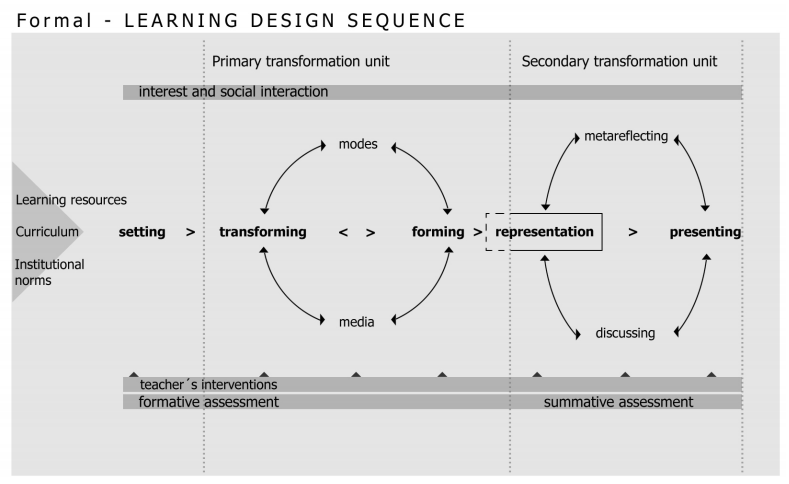On May 17th, we celebrated -my students and myself, in the hall of the faculty, a new edition of our “Fair of Technology Enhanced Didactic Activities”. As you probably remember, last year we invite you to come 🙂 and after that, we show you a little of what had happened there.
This year, in addition to telling a bit of the story, I want to take advantage of this blog post to emphasize the rationale of that “show”, beyond its playful nature, the idea of being together and doing the students’ work more visible, as well as opening windows reality on the walls of our classroom.
I want to do it, because sometimes, the “lights” and “lanterns” of the fair, do not let us see everything that is an “event” like this, and maybe, make this reflection would help me to organize my thoughts and, who knows, maybe, this would encourage you to give me better ideas to improve it.
The Fair was created with the intention of serve as event presentation of the students’ work, but with the difference that, in this time, the work is assessed but not graded, i.e., is an event in where the goal is, specifically, to conduct a formative evaluation of the work (this is the final work of the course). Both by the teacher of the subject that gives feedback one to one to all groups, about all jobs; by other classmates that are passing by the exhibitors; by other students of the faculty who pass; as well as by other teachers of the faculty that can approach.
After the event, I put a “mark” (the 10% of the final grade for the course) for his staging of the work at the fair (effort, organization exhibitor, and exhibition, etc.), but they still have 2 and a half weeks to finish, profiling and “round up” their activity before the final submission of it for final summative evaluation and, of course, for the qualification.
This idea fits with the notion of The Secondary Transformation Unit, in the Learning Design Sequences described by Sttaffan Selander in his 2008 paper, and summarized quite well when he says::
A sequence starts when the teacher introduces a new task and sets the conditions for the work. The Primary Transformation Unit then entails the interpretation of the task and the setting, and the process of transformation and formation of knowledge – by way of different modes and media. The Secondary Transformation Unit starts with students presenting their work. If the goals, as well as the expectations of the process and the product, are clearly defined and explained in the beginning, both students and teachers will have a powerful tool for reflection and evaluation. During the whole sequence, teachers make interventions and have the possibility to reflect on the signs and indications of learning that occur during the process. (Selander, 2008: 15)
Thus, Selander represents the complete sequences bellow

It is, as we told you last year in the JUTE (Castañeda, Adell & Llopis, 2015), getting foster “a second part of learning, beyond the feedback of the task; getting a third phase in which the possibility of remaking the task under the light of that feedback, as well as reflect on what was learned in the process”, get to think and rethink what we are creating, allow us to learn more and better.
We’ll see 😉
REFERENCES:
Selander, S. (2008). Designs for learning: A theoretical perspective. Designs for Learning, 1(1), 10-23 Disponible en http://doi.org/10.16993/dfl.5
Castañeda, L. Adell, J. & LLopis, M.A. (2015). Cinco años de reflexiones y diálogos docentes a propósito de la asignatura de Tecnologías Aplicadas a la Educación. Comunicación presentada a las JUTE 2015. Badajoz, mayo de 2015.
By the way! If you want to see how was the show this year, here are some of super-dinosaur footprints: